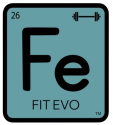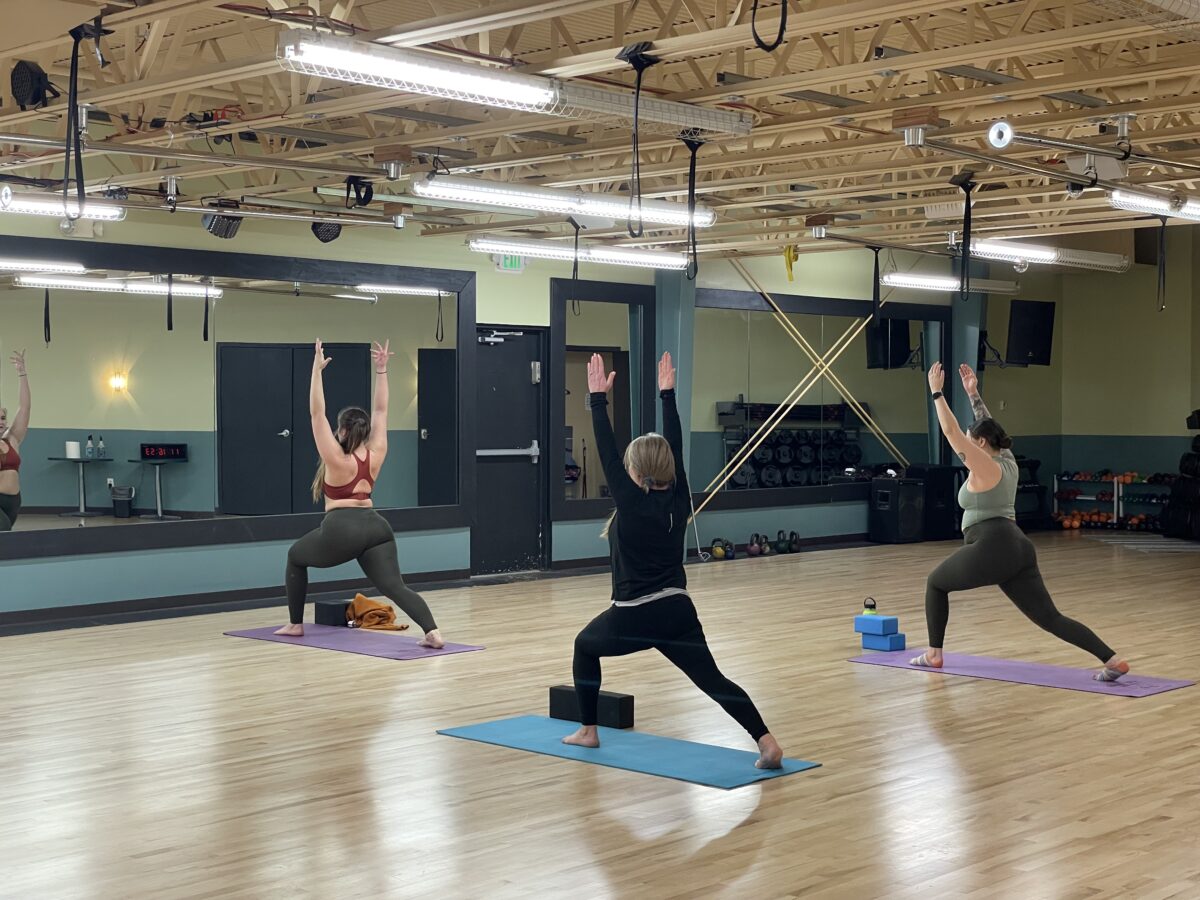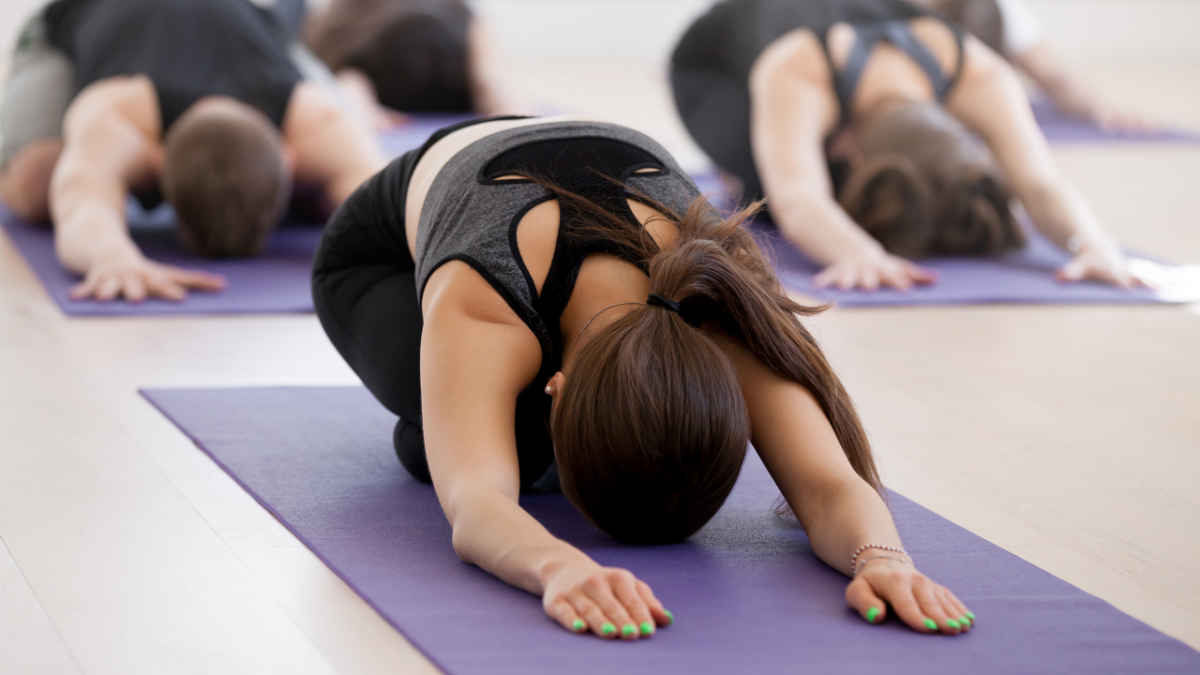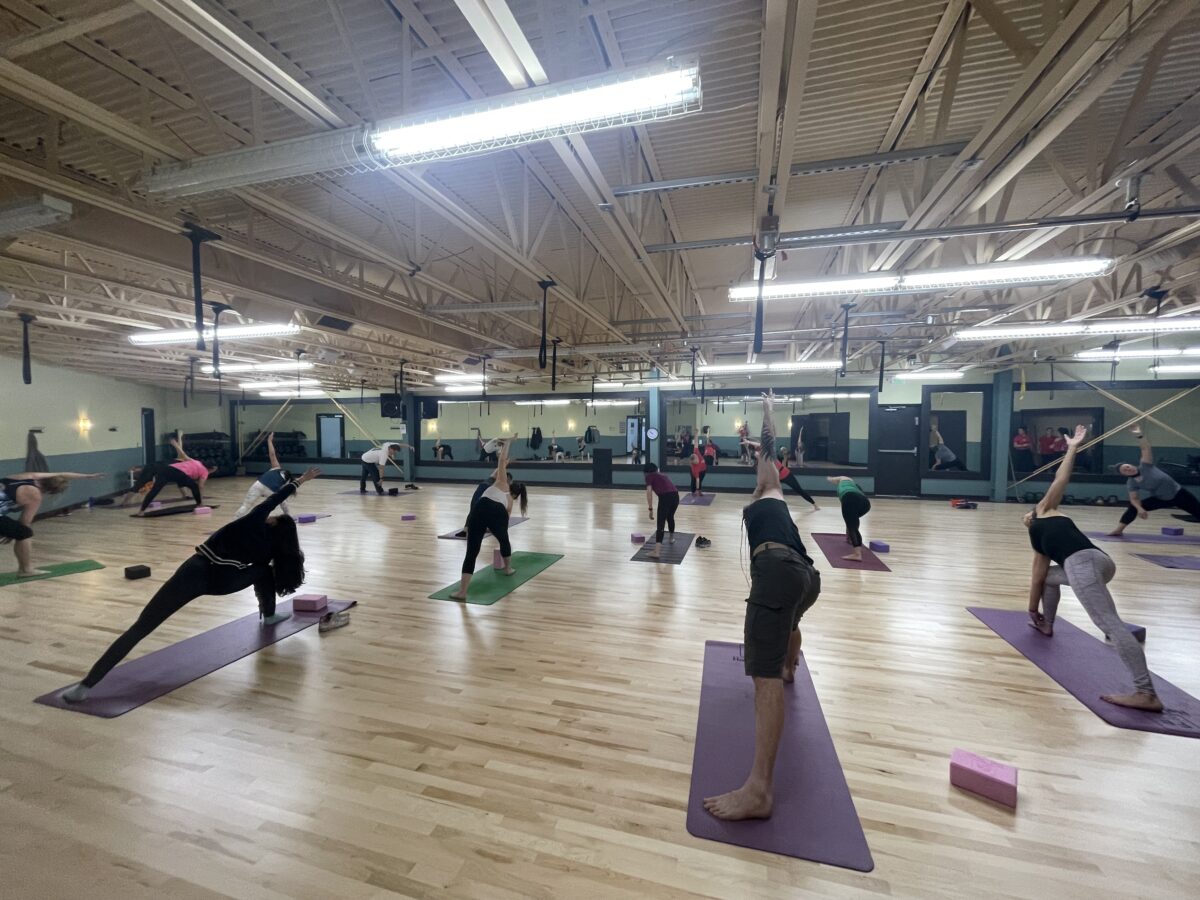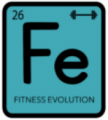Looking to boost your fitness evolution? Yoga and Pilates are two popular exercises that offer a mind-body connection like no other. With their unique blend of physical and mental health benefits, these practices have gained immense popularity worldwide. While yoga traces its roots back to ancient India, Pilates was developed by Joseph Pilates in the early 20th century. Whether you’re into power yoga or prefer the gentle flow of restorative yoga, or if you’re interested in trying out mat pilates or joining a Pilates class with an experienced instructor at XB Pilates, both disciplines offer an array of asanas (poses), impact-free exercises, breath work, and breathing techniques. So dive into these physical practices that cater to all levels of exercise enthusiasts!
Benefits of Yoga for the Mind and Body
Practicing yoga offers a multitude of benefits for both the mind and body. From improving flexibility, strength, and balance to promoting relaxation and reducing stress, yoga has become popular worldwide. Let’s delve into the various advantages that regular yoga practice can bring to your life.
Yoga is renowned for its ability to enhance flexibility, making it an excellent choice for individuals looking to increase their range of motion. Through a combination of stretching exercises and poses known as asanas, yoga helps loosen tight muscles and joints. Regularly practicing these movements can gradually improve your overall flexibility and achieve better body awareness.
In addition to physical benefits, yoga also has a profound impact on mental health. One key aspect is meditation, which is often incorporated into yoga sessions. Meditation allows individuals to focus their attention inwardly, fostering mindfulness and mental clarity. This practice helps alleviate stress by calming the mind and encouraging relaxation.
Regular yoga practice has been associated with numerous health benefits. It can contribute to improved cardiovascular health by lowering blood pressure and reducing the risk of heart disease. Furthermore, engaging in this form of exercise has been linked to a decreased likelihood of developing chronic diseases such as diabetes or obesity.
The mind-body connection established through yoga is another remarkable advantage. By synchronizing breath with movement during each pose, practitioners cultivate an increased awareness of their bodies. This heightened sense of body connection promotes self-care and encourages individuals to listen to their bodies’ needs more attentively.
Stress relief is one area where yoga truly shines. The combination of deep breathing exercises, meditation techniques, and physical movement helps reduce cortisol levels – the hormone responsible for stress reactions in the body. Incorporating even just a few minutes of daily yoga into your routine can significantly improve your overall mood and mental well-being.
Yoga also holds potential benefits for those seeking weight loss or relief from back pain. While not primarily designed as a weight loss regimen, incorporating yoga into a healthy lifestyle can aid in shedding excess pounds. Certain yoga poses and exercises can help alleviate back pain by strengthening the core muscles that support the spine.
Benefits of Pilates for Strength and Flexibility
Pilates exercises offer numerous benefits for improving body strength, flexibility, and overall fitness levels. By targeting core muscles, pilates helps enhance strength, stability, and posture. Regular practice of pilates can lead to increased flexibility by effectively stretching tight muscles. Let’s explore these benefits in more detail.
Improved Body Strength and Core Strength
One of the primary advantages of incorporating Pilates into your fitness routine is its ability to improve body strength. Unlike yoga, which often focuses on holding static poses, pilates emphasizes controlled movements that engage multiple muscle groups simultaneously. This holistic approach strengthens the entire body while specifically targeting the core muscles.
The core muscles play a crucial role in maintaining stability and balance throughout our daily activities. Regularly practicing Pilates can develop a strong core foundation that supports proper alignment and reduces the risk of injuries. Strengthening your core also enhances functional fitness, making everyday tasks easier to perform.
Increased Flexibility
Flexibility is another area where Pilates shines. The exercises involve dynamic stretching movements that help lengthen and elongate tight muscles. As you progress in your practice, you’ll notice an improved range of motion in various joints such as hips, shoulders, and spine.
By focusing on controlled movements with an emphasis on proper alignment and breathing techniques, pilates promotes safe stretching while minimizing the risk of strain or injury. Whether you’re an athlete looking to enhance performance or simply seeking greater flexibility for daily activities like bending or reaching, regular pilates practice can help you achieve your goals.
Enhanced Muscle Tone and Overall Conditioning
In addition to building strength and increasing flexibility, consistent engagement in pilates leads to improved muscle tone and overall body conditioning. The exercises target both large muscle groups as well as smaller stabilizing muscles that are often neglected during traditional workouts.
Through a combination of resistance training using specialized equipment like reformers or mat exercises, pilates challenges muscles to work against their own body weight or external resistance. This results in toned and sculpted muscles without adding bulk. Pilates also promotes balanced muscle development, preventing muscular imbalances that can lead to postural issues and injuries.
Comparing Workouts: Yoga vs. Pilates
While both yoga and pilates are popular forms of exercise that focus on the mind-body connection, there are distinct differences between the two. Understanding these differences can help you choose the workout that best suits your needs and goals.
Flexibility Emphasis
One of the key differences between yoga and Pilates lies in their emphasis on flexibility. Yoga strongly emphasizes improving flexibility through a series of poses known as asanas. These poses target different muscle groups and gradually increase your body’s range of motion. By practicing yoga regularly, you can experience increased flexibility, improved posture, and enhanced overall mobility.
On the other hand, while pilates also helps improve flexibility to some extent, it primarily focuses on building strength and stability. Pilates exercises involve precise movements performed either with resistance equipment or mat exercises. By engaging your core muscles throughout the workout, pilates helps develop a strong foundation for better posture and muscular endurance.
Movement Styles
Another important distinction between yoga and pilates is their styles of movement. In yoga, movements flow from one pose to another in a smooth sequence. This continuous flow creates a sense of harmony between breath and movement. Yoga classes often incorporate controlled breathing techniques called pranayama to enhance relaxation and mindfulness during practice.
Pilates, on the other hand, emphasizes controlled movements with deliberate precision. Each exercise is performed with focused concentration to engage specific muscle groups effectively. Pilates workouts can be done using specialized equipment like reformers or simply using a mat for floor exercises.
Fitness Levels
Both yoga and pilates can be modified to accommodate different fitness levels. Whether you’re a beginner or an advanced practitioner, there are options available within each workout style that cater to your abilities.
In yoga classes, instructors typically provide variations for different levels of difficulty during poses so that everyone can participate at their own pace. For instance:
- Beginners may start with foundational poses and gradually progress to more challenging ones.
- Intermediate practitioners can explore variations of poses to deepen their practice.
- Advanced yogis can take on advanced inversions, arm balances, and backbends.
Similarly, pilates exercises can be adapted based on your fitness level. Modifications are provided to make the movements more accessible or more challenging. A qualified instructor will guide you through the appropriate modifications for your specific needs.
Key Differences between Yoga and Pilates
Yoga and Pilates are both popular forms of exercise that offer numerous physical and mental benefits. However, they differ in their primary goals, approach to movements, and overall focus. Understanding the main differences between yoga and Pilates can help you choose the practice that aligns best with your needs and preferences.
Spiritual Growth vs. Core Strength
The main difference between yoga and pilates lies in their primary objectives. Yoga is deeply rooted in spirituality, aiming for spiritual growth through physical postures (asanas), meditation, and breath control (pranayama). It focuses on harmonizing the mind, body, and spirit connection. On the other hand, pilates primarily targets strengthening the core muscles to improve alignment, stability, flexibility, and overall physical well-being.
Holding Poses vs. Dynamic Movements
Another key distinction between yoga and pilates is how movements are performed. In yoga, poses are typically held for longer durations to deepen stretches and increase flexibility. This allows practitioners to explore their body’s limits while cultivating patience and mindfulness. In contrast, pilates involves more dynamic movements with a focus on controlled repetitions. The emphasis is on building strength by engaging multiple muscle groups simultaneously.
Inner Connection vs. Mindfulness
While both yoga and pilates promote mindfulness during practice, there is a subtle difference in their approaches. Yoga places greater emphasis on connecting with one’s inner self through breath awareness, meditation techniques, chanting (mantras), or guided visualization exercises. It encourages practitioners to explore their thoughts and emotions while fostering self-awareness. Pilates also incorporates elements of mindfulness but primarily focuses on maintaining proper form throughout each movement.
Flexibility vs. Core Stability
Yoga tends to prioritize flexibility as an essential component of its practice. Through regular stretching exercises found in various yoga styles such as Hatha or Yin Yoga, practitioners aim to gradually increase joint mobility and range of motion. Conversely, Pilates emphasizes core stability as a foundation for overall strength and body alignment. By engaging the deep abdominal muscles, pilates helps improve posture, balance, and coordination.
Mind-Body Connection vs. Physical Fitness
Yoga is often regarded as a holistic practice that nurtures the mind-body connection. It encourages practitioners to be present at the moment and cultivate a sense of inner peace and harmony. While physical fitness is an inherent aspect of yoga, it takes a more comprehensive approach by addressing mental and emotional well-being. In contrast, pilates primarily focuses on physical fitness aspects such as strength building, flexibility improvement, and injury prevention.
Exploring the Real Difference between Pilates and Yoga
Origins: Ancient Philosophy vs. Modern Exercise System
Yoga and pilates may seem similar at first glance, but their origins reveal distinct differences. Yoga has its roots deeply embedded in ancient philosophy, tracing back thousands of years to the Indus Valley civilization. It encompasses not only physical exercises but also a holistic approach to well-being, incorporating mental and spiritual aspects.
On the other hand, pilates is a relatively modern exercise system developed by Joseph Pilates in the early 20th century. Unlike yoga, it does not have an extensive philosophical foundation. Instead, pilates primarily focuses on physical fitness and body conditioning through controlled movements and breathing techniques.
Holistic Approach vs. Physical Fitness Focus
While both yoga and pilates offer numerous health benefits, they differ in terms of their overall approach. Yoga takes a holistic approach that aims to harmonize the mind, body, and spirit. It combines physical postures (asanas), breath control (pranayama), meditation, and ethical principles to promote overall well-being.
Pilates, on the other hand, predominantly concentrates on physical fitness and body conditioning. It emphasizes core strength, flexibility, muscular endurance, and proper alignment. Pilates exercises are designed to target specific muscle groups while promoting overall body awareness.
Range of Styles vs. Standardized Approach
Yoga undoubtedly offers a wider range of styles and practices compared to the more standardized approach of pilates. Yoga encompasses various schools or styles such as Hatha, Vinyasa Flow, Ashtanga, Bikram (hot yoga), Kundalini, and Yin yoga – each with its own unique focus and methodology.
In contrast, pilates follows a more standardized approach across different practitioners without significant variations in style or technique. While there might be slight differences in teaching methods or equipment usage between instructors or studios offering pilates classes, overall, the basic principles and exercises remain consistent.
Pilates vs. Yoga: Basics, Similarities, and Which is Better?
Both pilates and yoga are popular forms of exercise that can improve strength, flexibility, and posture. However, the choice between the two ultimately depends on individual preferences and goals. Let’s delve into the basics of pilates and yoga, explore their similarities, and discuss which one might be better suited for you.
Strengthening Core Muscles
One significant similarity between Pilates and yoga is their focus on strengthening core muscles. In both practices, engaging your core is essential for stability and proper alignment during exercises. Pilates strongly emphasizes developing a strong core by targeting specific muscle groups such as the abdominals, back muscles, and pelvic floor. On the other hand, yoga also engages the core muscles but in a more holistic way as part of flowing sequences or static poses.
Improving Flexibility
Another shared benefit of pilates and yoga is improved flexibility. Through regular practice, both disciplines can help increase your range of motion and suppleness. In Pilates, dynamic stretching exercises are incorporated to enhance flexibility while simultaneously building strength. Yoga takes a more passive approach to stretching by holding poses for longer periods to release tension in muscles gradually.
Enhancing Posture
Good posture is crucial for overall health and well-being. Both pilates and yoga can contribute to better posture by strengthening the muscles that support proper alignment. Pilates focuses on improving postural alignment through exercises that target specific muscle imbalances or weaknesses contributing to poor posture. Similarly, various yoga poses promote spinal elongation while strengthening the muscles around it.
Individual Preferences & Goals
When deciding between pilates and yoga, it’s important to consider your individual preferences and goals:
- Mind-Body Connection: If you’re seeking a deeper mind-body connection or spiritual growth along with physical fitness benefits, then yoga may be more suitable for you. Yoga incorporates breathing techniques, meditation, and mindfulness practices that promote relaxation and inner peace.
- Core Strengthening & Rehabilitation: On the other hand, if you’re primarily looking to strengthen your core muscles or rehabilitate from an injury, pilates may be the better choice. Pilates is renowned for its ability to target and activate deep core muscles effectively, making it a popular choice among athletes and individuals recovering from injuries.
Which is Better: Yoga or Pilates?
Determining which practice is better ultimately depends on your personal goals and preferences. Both pilates and yoga offer unique benefits that can improve strength, flexibility, and posture. Consider the following factors when making your decision:
- Fitness Goals: If you’re aiming for targeted core strengthening or injury rehabilitation, pilates might be the ideal choice.
- Mindfulness & Spiritual Growth: If you prioritize a deeper mind-body connection or spiritual growth alongside physical fitness benefits, yoga could be more fulfilling.
- Calorie Burn: While both pilates and yoga can contribute to calorie burn during workouts, high-intensity pilates exercises have the potential to burn more calories due to their dynamic nature.
Choosing Between Yoga and Pilates
Consider Your Fitness Goals
One of the key factors to consider is your fitness goals. Both practices offer unique benefits, but they cater to different aspects of physical well-being.
Yoga is renowned for its holistic approach to fitness. It focuses on improving flexibility, balance, strength, and overall mental well-being. If you are looking for a practice that encompasses both physical and mental aspects of wellness, yoga might be the ideal choice for you.
On the other hand, if your primary goal is to strengthen your core muscles and improve posture, pilates might be more suitable. Pilates places a strong emphasis on developing core strength through controlled movements. By engaging the deep muscles of your abdomen and back, pilates can help enhance stability and alignment.
Assess Your Preferences
Another important consideration when choosing between yoga and pilates is your personal preference in terms of movement style and pace.
If you enjoy slower-paced exercises that allow you to connect with your body on a deeper level while focusing on mindfulness, then yoga might be the perfect fit for you. Yoga classes often involve flowing sequences combined with breathwork that promote relaxation and stress reduction. It’s an excellent choice if you want to cultivate inner peace along with physical fitness.
On the other hand, if you prefer dynamic exercises that require precise form and control, pilates could be more appealing. Pilates incorporates a series of purposeful movements that target specific muscle groups with precision. The practice encourages concentration and attention to detail as you perform each exercise with proper alignment.
Try Both Practices
Ultimately, the best way to determine which practice resonates with you personally is by trying both yoga and pilates. Each individual has unique preferences, so experiencing them firsthand will provide valuable insights into what works best for you.
Consider attending trial classes or workshops for both yoga and pilates to get a taste of each practice. Pay attention to how your body feels during and after each session, as well as the mental and emotional benefits you experience. You may find that one practice feels more natural and enjoyable than the other.
Determining the Right Fit for You: Yoga or Pilates?
Evaluate Your Current Fitness Level
One important factor to consider is your current fitness level. Both practices offer modifications for all levels, but certain poses in yoga may require greater flexibility or strength. On the other hand, pilates can be adapted to different abilities as well.
If you are a beginner or have limited flexibility, starting with gentle yoga classes might be more suitable. Yoga focuses on stretching and strengthening the body through various postures and breathing techniques. It can improve flexibility, balance, and overall body awareness. Yoga often incorporates meditation and mindfulness practices that promote mental well-being.
However, if you are looking for a workout that targets specific muscle groups while emphasizing core strength and stability, pilates might be the better choice. Pilates exercises primarily focus on building core muscles by engaging the deep abdominal muscles along with other muscle groups throughout the body. This can help improve posture and alleviate back pain caused by weak core muscles.
Reflect on Your Desired Outcomes
In determining whether yoga or pilates is right for you, it’s essential to reflect on your desired outcomes. If stress reduction or increased spirituality is important to you, then yoga might align better with your goals. Yoga not only provides physical benefits but also offers a holistic approach to well-being by incorporating breathing exercises and meditation.
On the other hand, if improving core strength or addressing specific muscle imbalances is a priority for you, then Pilates should be considered. Pilates exercises target specific muscle groups, such as the abdominals, glutes, and back muscles, through controlled movements that emphasize proper alignment and form.
Consult with a Qualified Instructor Who Can Guide You Based on Your Individual Needs
Before diving into either yoga or pilates practice, it’s highly recommended to consult with a qualified instructor who can guide you based on your individual needs. An experienced instructor will be able to assess your fitness level, understand your goals, and provide personalized recommendations.
Whether you choose yoga or pilates, having proper guidance from an instructor is crucial to ensure you perform the exercises correctly and avoid any potential injuries. They can help modify poses or exercises according to your abilities and gradually progress you towards more challenging movements as you improve.
Comparing Yoga and Pilates
In conclusion, when comparing yoga and pilates, it is clear that both have numerous benefits for the mind and body. Yoga focuses on enhancing flexibility, balance, and mental well-being through a combination of poses, breathing exercises, and meditation. On the other hand, pilates primarily aims to improve strength, posture, and overall body conditioning through controlled movements.
While yoga provides a holistic approach to wellness by incorporating physical postures with mindfulness practices, pilates offers targeted exercises that strengthen the core muscles and increase flexibility. Both workouts can help alleviate stress, improve concentration, and enhance overall fitness levels.
It’s important to understand the key differences between yoga and pilates before choosing which practice suits you best. Yoga emphasizes relaxation techniques and spiritual aspects alongside physical exercise. In contrast, pilates focuses more on engaging specific muscle groups through precise movements.
When deciding between yoga or pilates as your preferred workout routine, consider your personal goals and preferences. If you seek a mindful practice that promotes inner peace while building strength and flexibility simultaneously, yoga might be the ideal choice for you. However, if you aim to develop core strength and improve overall body tone in a structured manner without delving into spirituality as much, then Pilates could be the better fit.
Ultimately, choosing between yoga or pilates depends on what resonates with you most personally. It’s essential to find an activity that aligns with your interests so that you can maintain consistency in your fitness journey.
So whether you decide to roll out your mat for a calming yoga session or opt for a challenging pilates class at the gym – both options provide incredible benefits for your mind-body connection.
